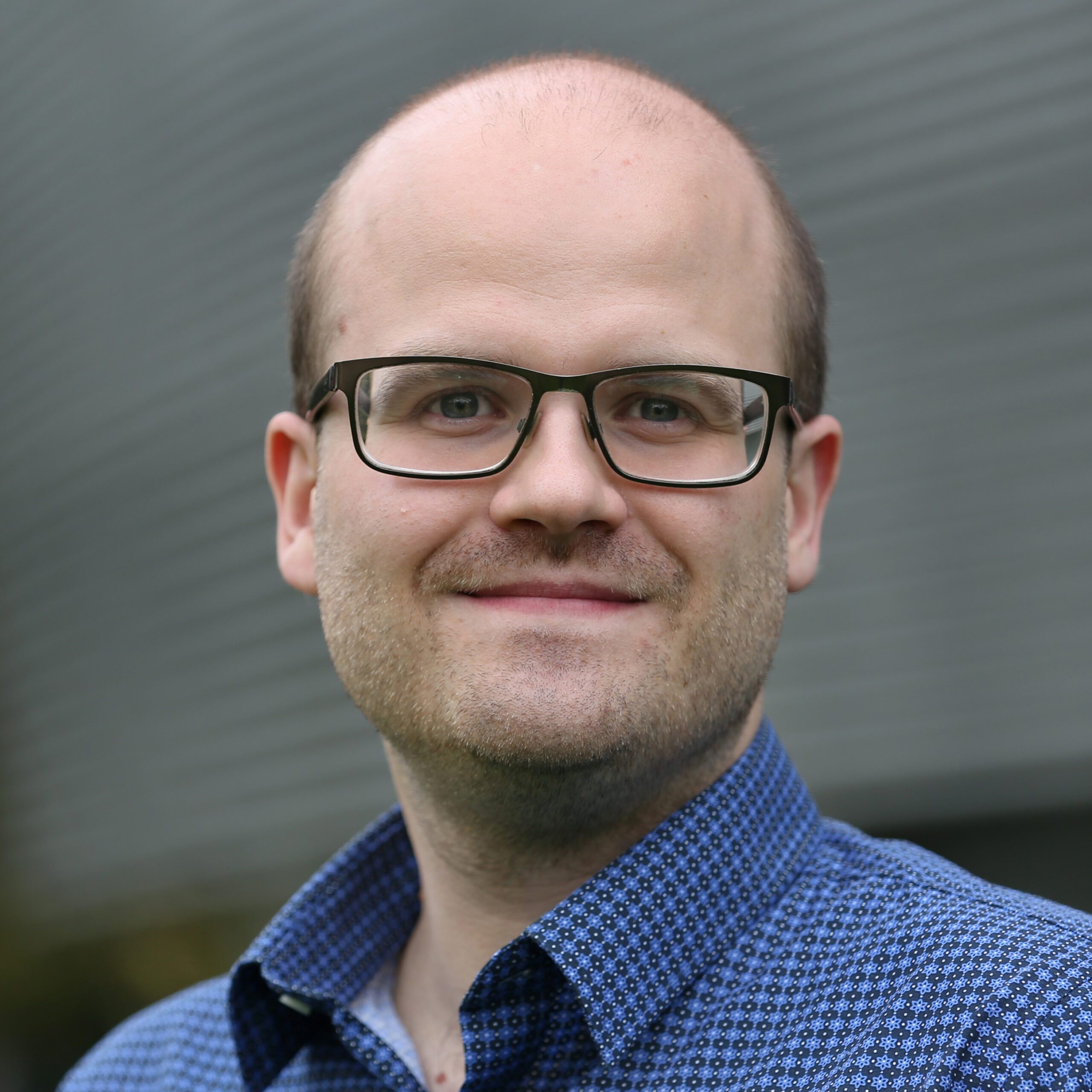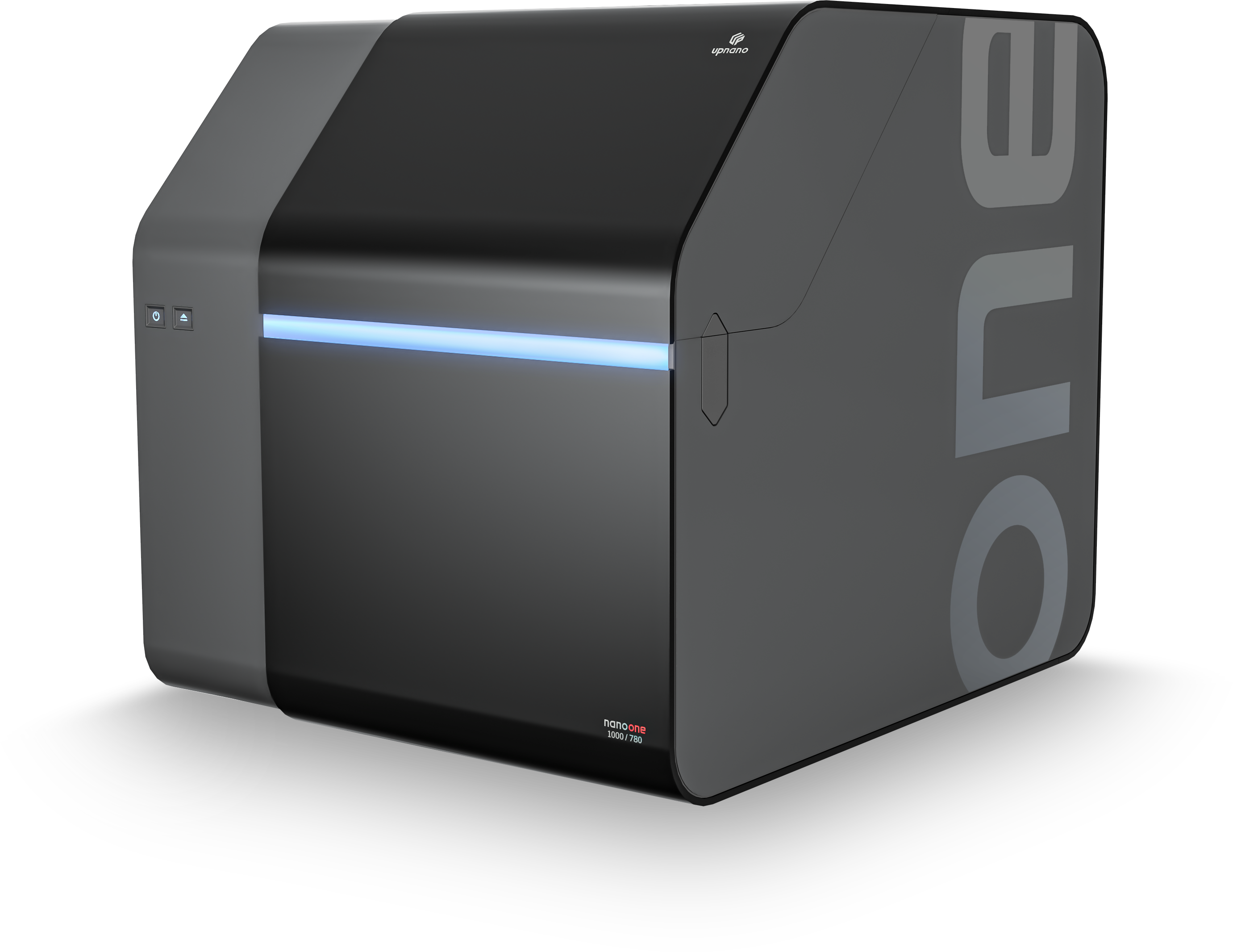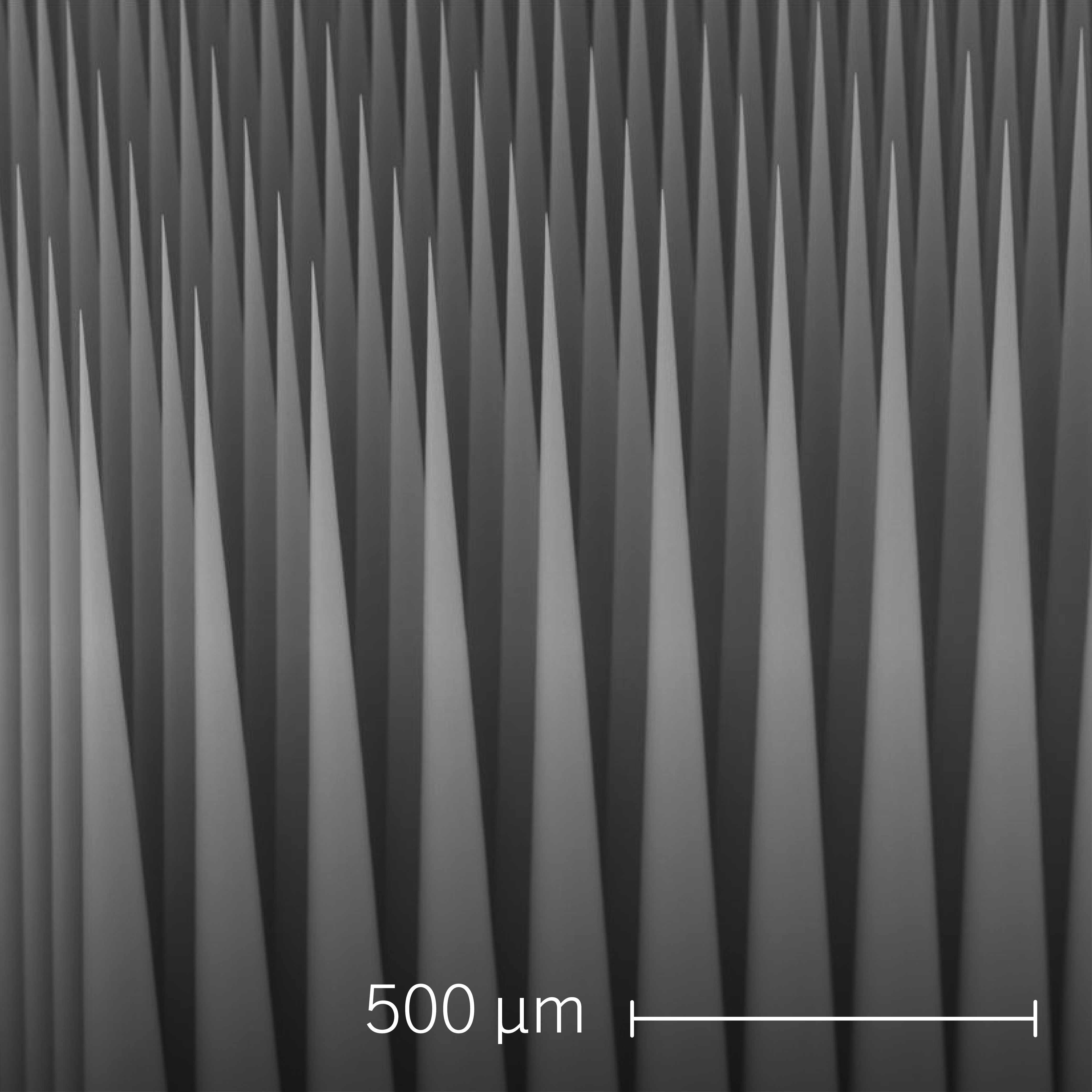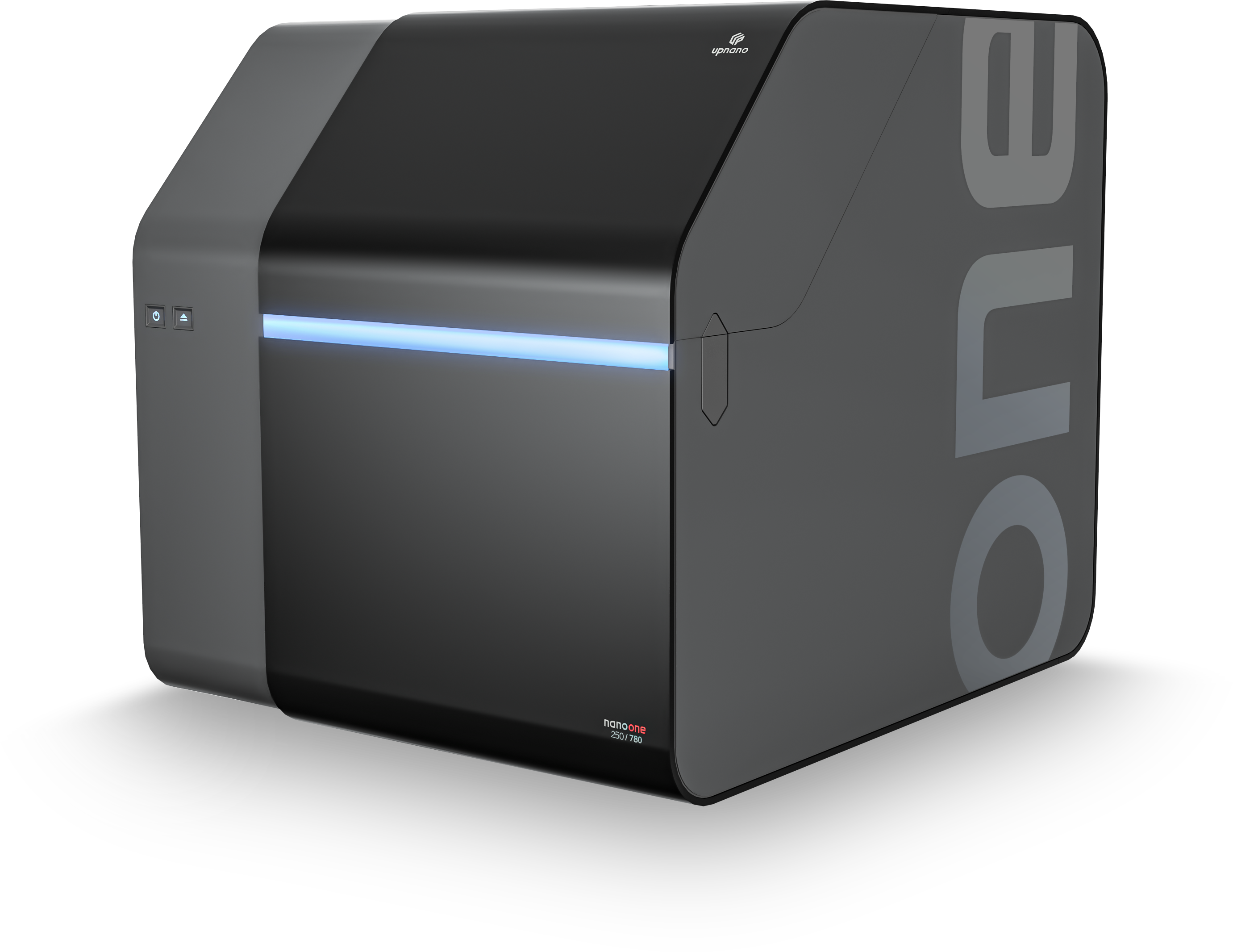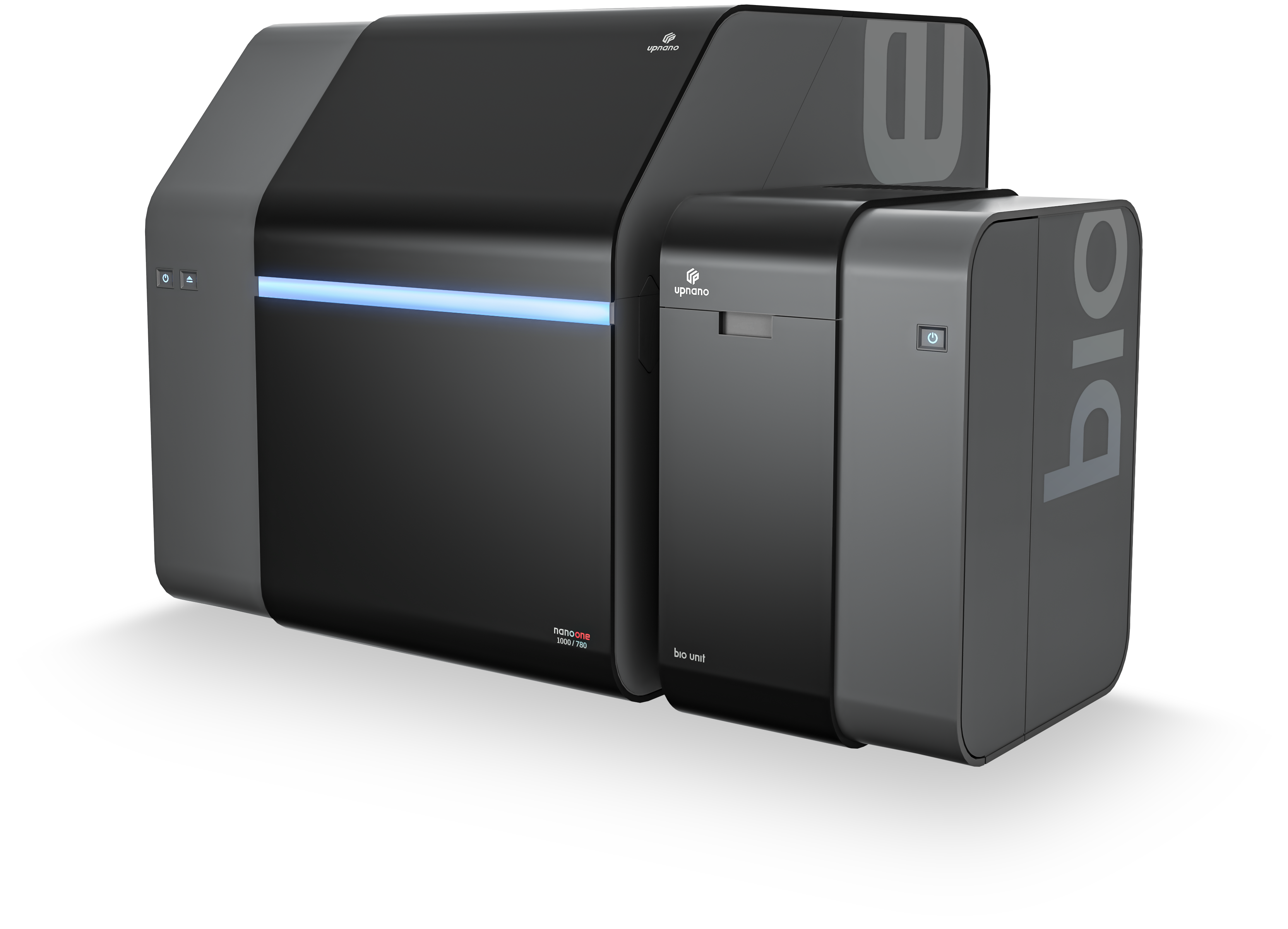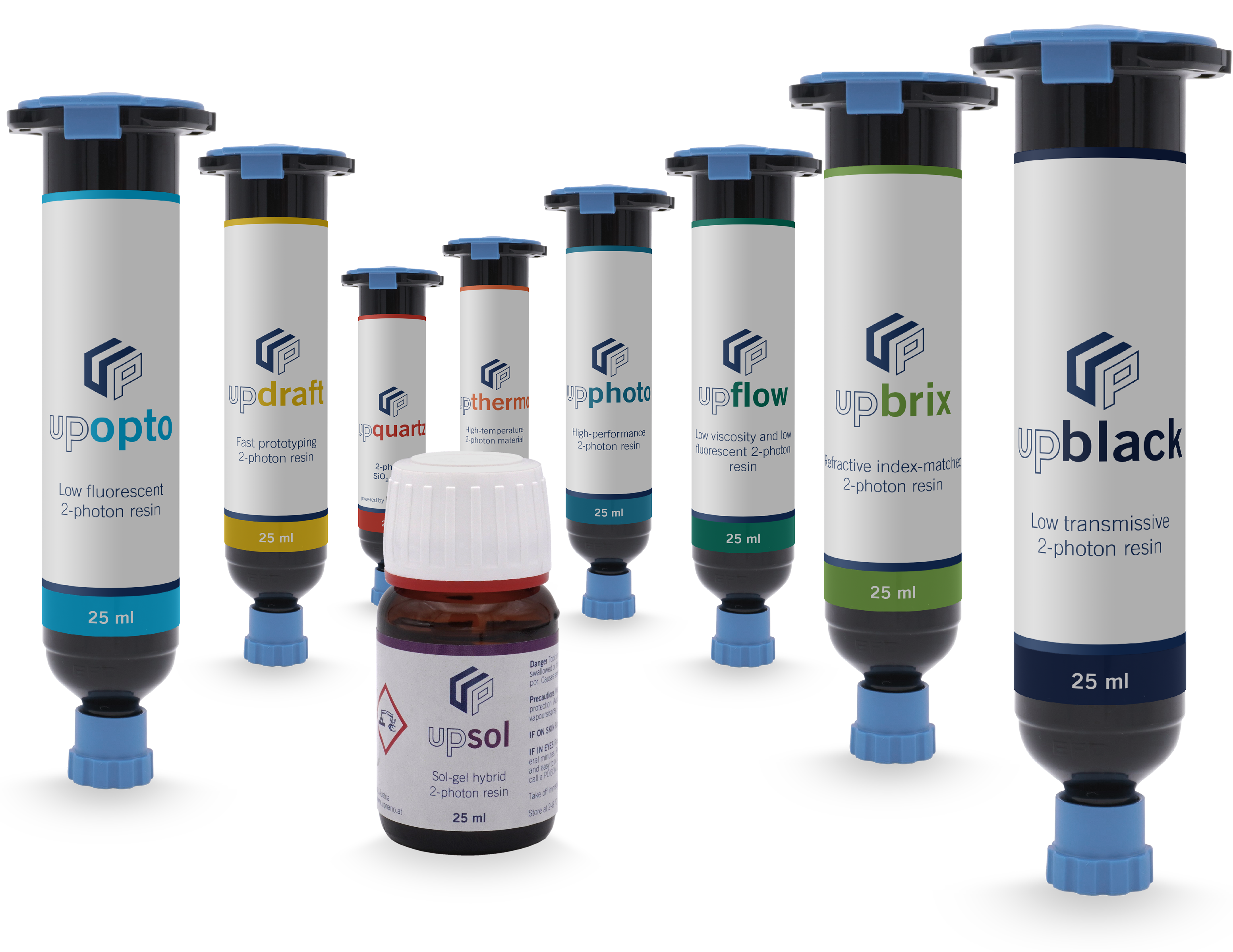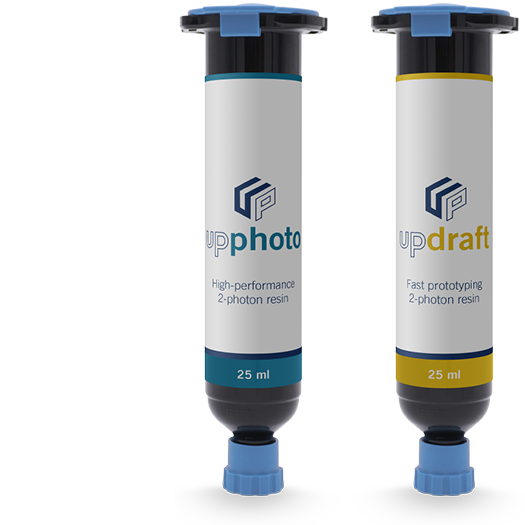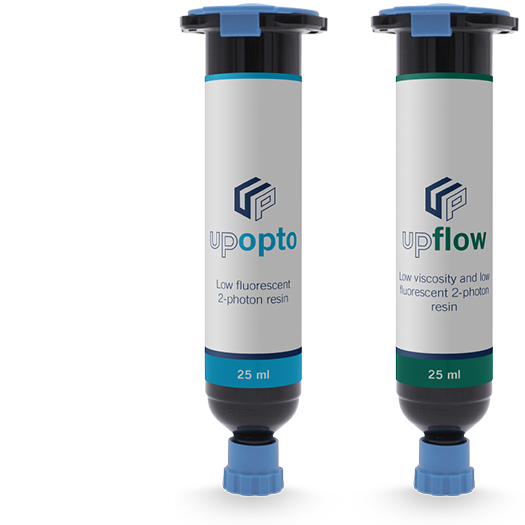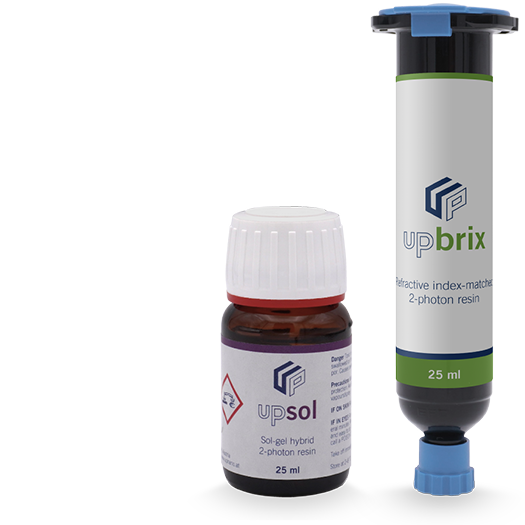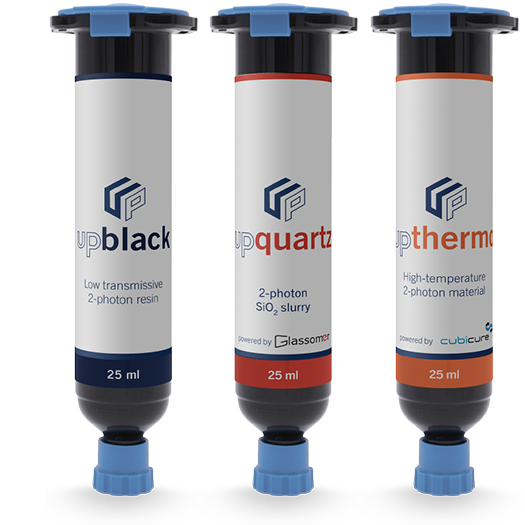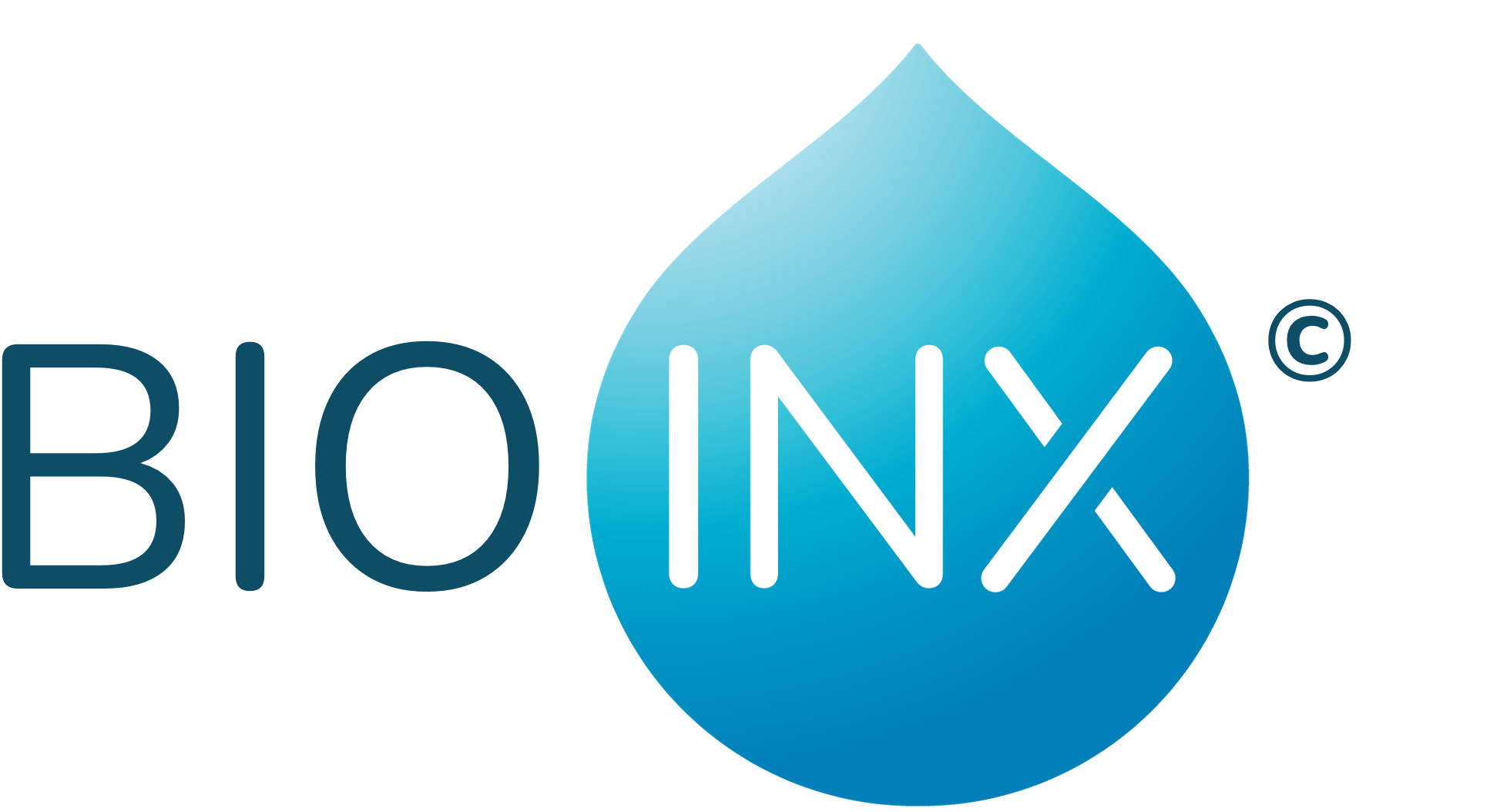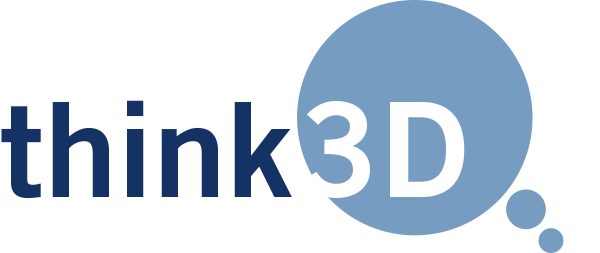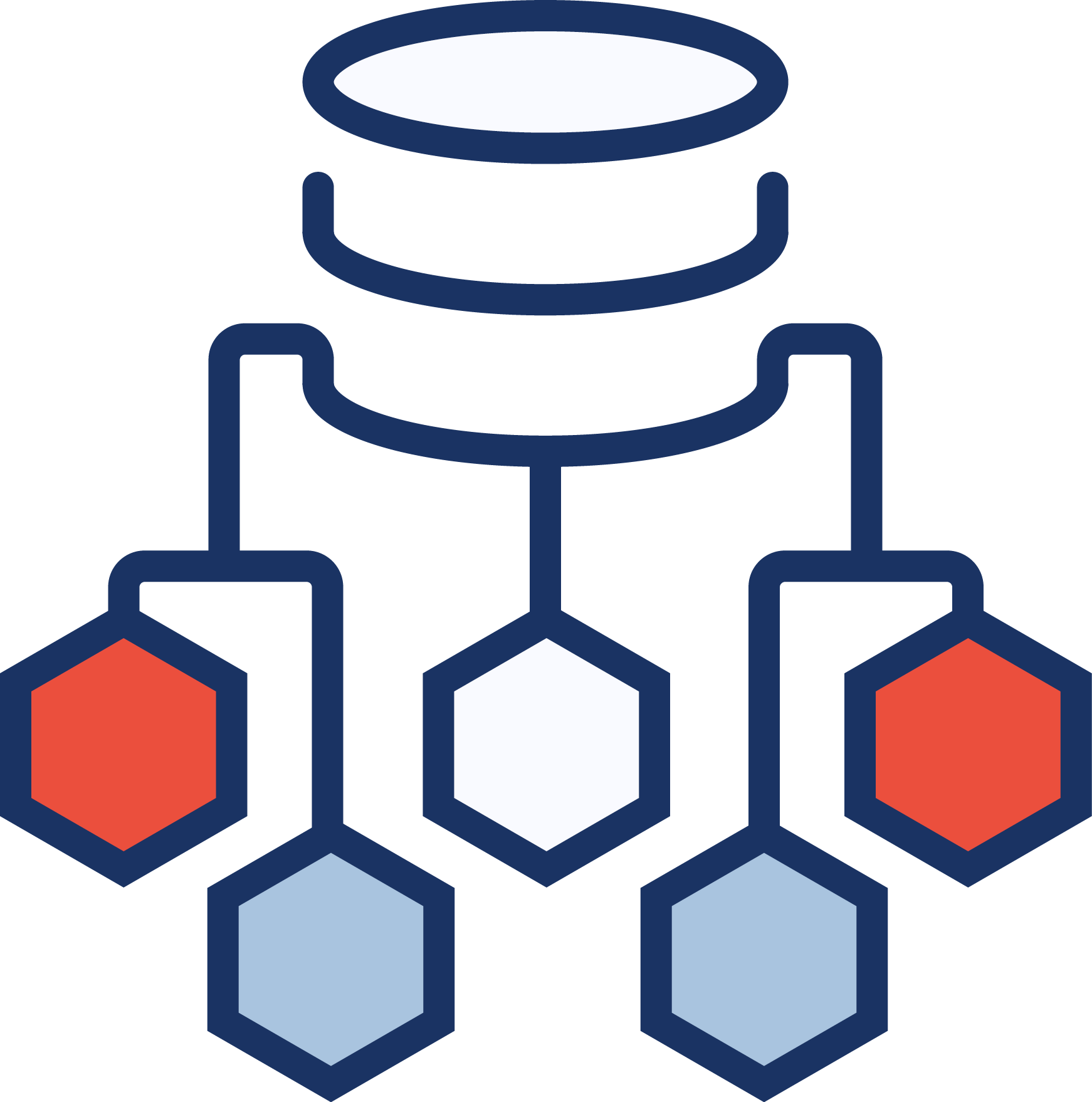Testimonials
Customer experiences
Discover the real-world benefits of our products through the experiences of our customers. Users of our printing systems shed light on how our products contribute to research advancements and drive tangible progress in scientific work.
University of Bath
Dr. Hannah Leese
Associate Professor, Chemical Engineering
“We have a growing user base at the University of Bath that want to work with the NanoOne bio as it provides versatility, rapid prototyping with precision, and is fantastic for exploring new materials.”
“The user base is interested in using the printer for several applications, from organ-on-chip devices to membranes and catalytic micro-nano-reactors. In the Materials for Health Lab, we are developing microneedle and microfluidic devices and the NanoOne enables us to explore our designs with ease. For us, the fact that we can investigate novel and composite materials is so exciting! We are also developing multiscale scaffolds for tissue engineering applications and the NanoOne bio enables us to do this due to the scales and resolution the printer provides. It has been great to work with UpNano as they have created an inclusive community that welcomes users of all levels of expertise. They provide the support and training needed to enable users to get the most of what they want out of their printers.”
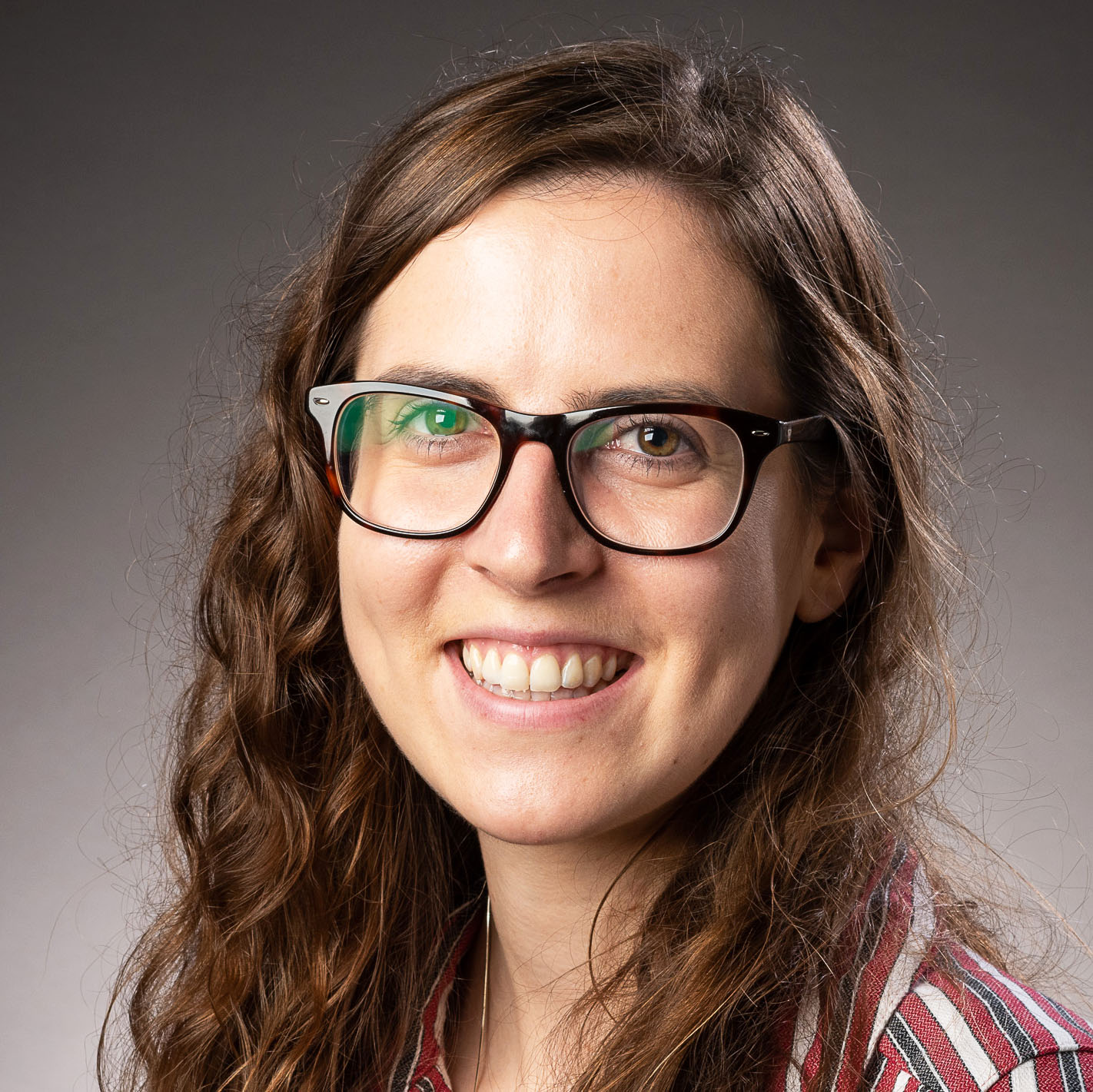
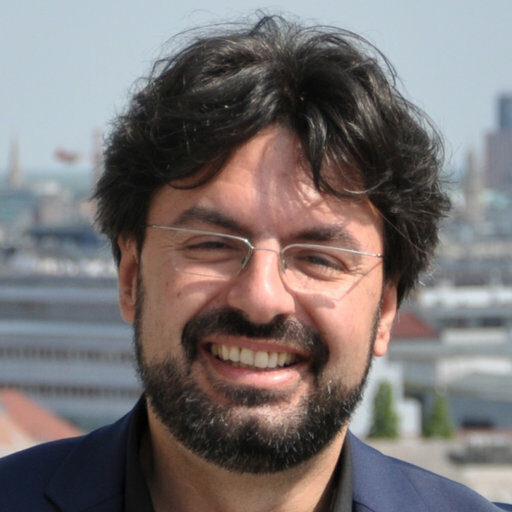
Medical University of Vienna

Prof. Dr. Francesco Moscato
Associate Professor, Center for Medical Physics and Biomedical Engineering
“We chose to purchase the NanoOne primarily because it was the only technology capable of rapidly printing high-resolution parts with an overall size of several millimeters.”
“After thorough evaluation, we made the decision to acquire the first commercially available NanoOne for UpNano in 2019. One of the primary factors influencing our choice was its unique capability to rapidly print high-resolution parts measuring several millimeters in overall size. These parts featured numerous extremely small channels, demanding micrometer-level precision. Another significant advantage of this system was its versatility, allowing printing on various slides as well as directly into cell culture dishes. Since its installation by UpNano in September 2019, the printing system has operated smoothly, consistently delivering excellent results. We greatly appreciate the ongoing support we receive and scientific collaboration provided by UpNano.”
BIO INX®
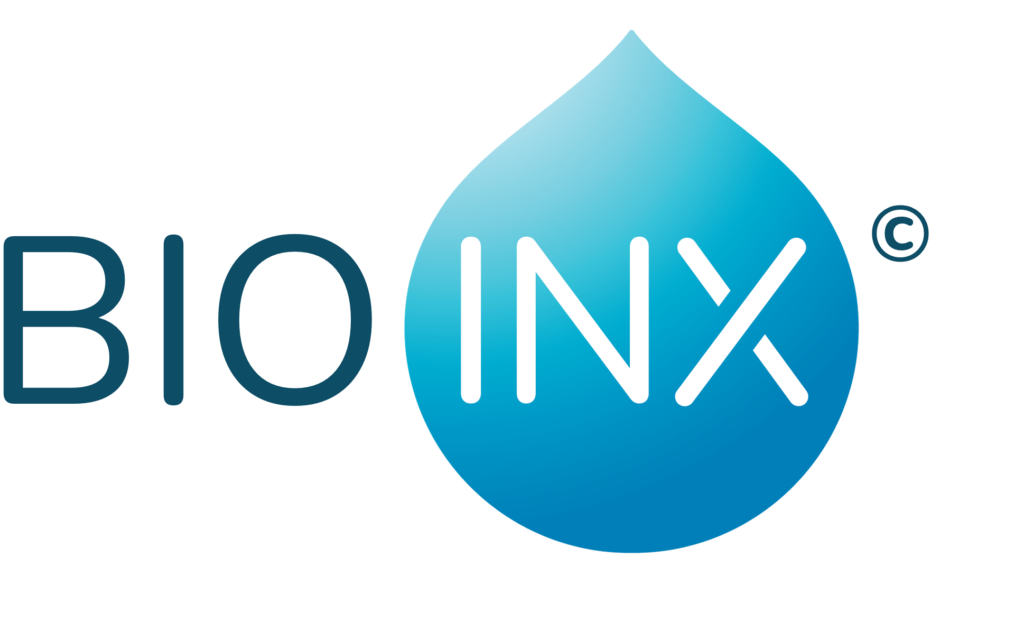
Jasper van Hoorick
CEO and Co-Founder
“The synergies between UpNano’s expertise in developing 3D printing systems and BIO INX®’s innovative ink design capabilities proved to be highly complementary.”
“BIO INX®, a spin-off company from Ghent University and Vrije Universiteit Brussel, specializes in commercializing materials and bioinks for 3D bioprinting or biofabrication. We utilize a range of technologies, including the NanoOne bio system, for product development and establishment, with the integrated incubation system playing a crucial role. Our U-product line of biomaterials for multiphoton lithography boasts exceptional processability and reproducibility. Ensuring optimal compatibility between hardware and printing resin is vital for high-resolution bio-applications. The HYDROBIO INX U200, their first hydrogel designed for use with living cells and 2-photon polymerization, is crystal clear for light-microscope use, which is vital for many researchers. Our years of research have yielded an impressive material portfolio with diverse properties, enabling applications in regenerative medicine, drug and cosmetics screening, and bioengineering.”
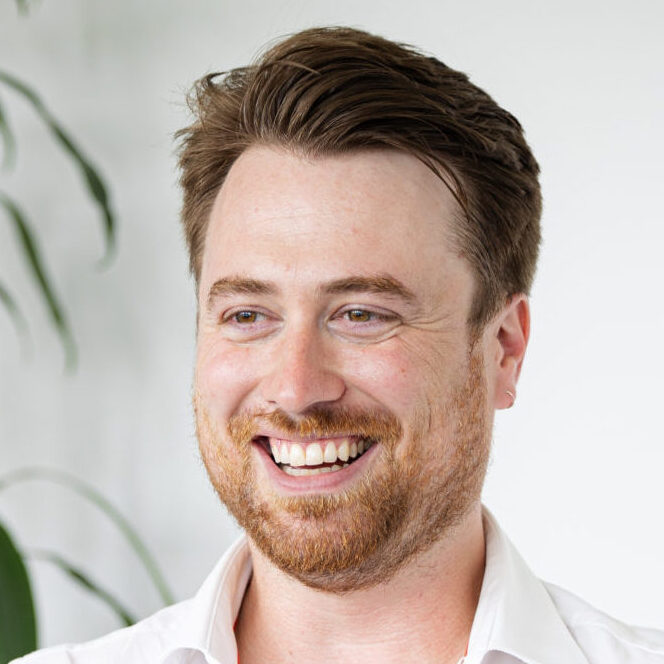
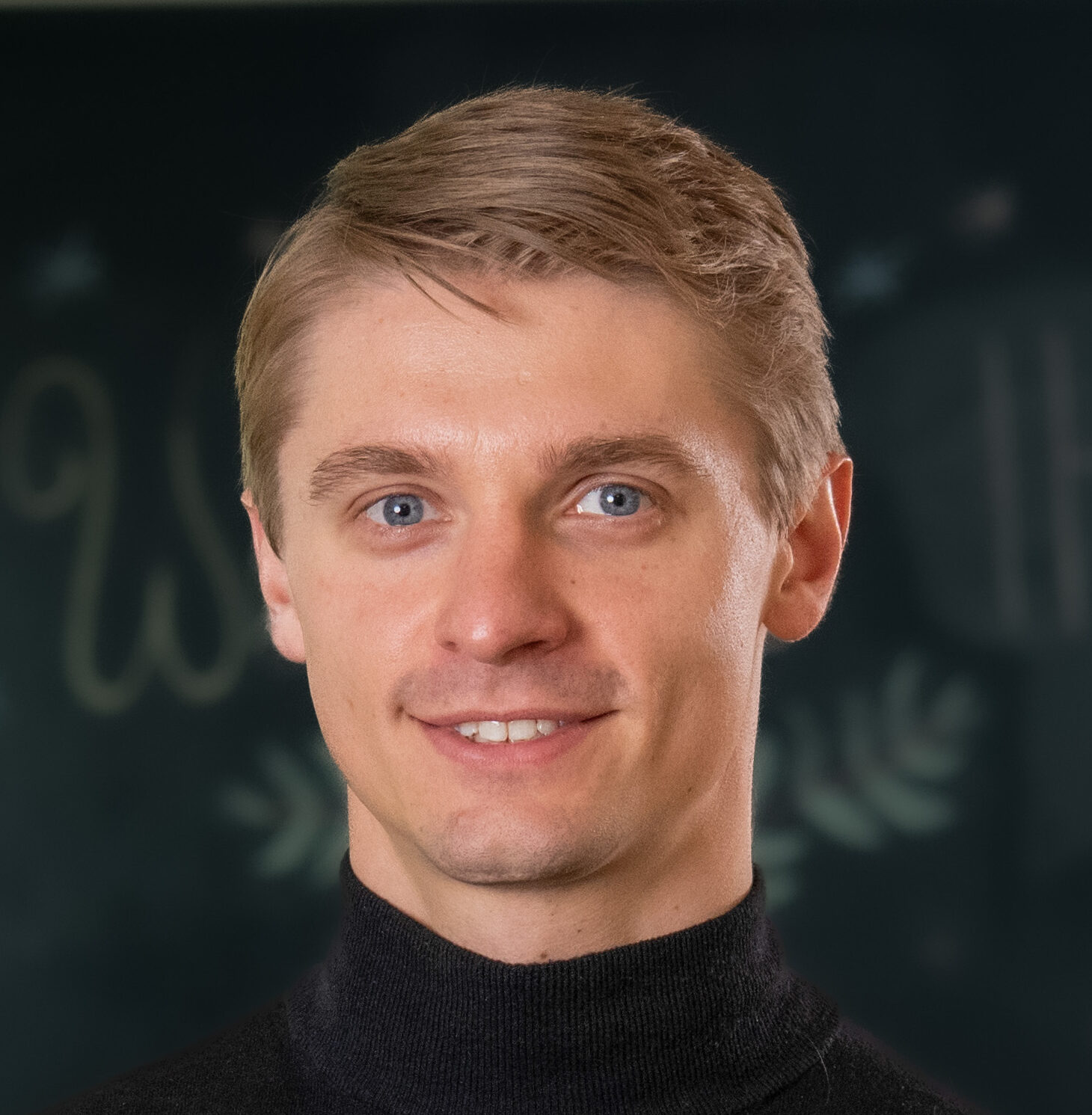
Roche

Dr. Mike Nikolaev
Postdoctoral Researcher, Bioengineering
“Using NanoOne, we have reduced the production time for a microfluidic chip from many hours on our in-house tool to just minutes.”
“The exceptional combination of high laser power, fine resolution and intuitive software was instrumental in achieving this remarkable speed boost. NanoOne has become an indispensable instrument, playing a pivotal role in numerous research projects at the Roche Institute of Human Biology. It greatly facilitates the prototyping of new microfluidic chips and the bioengineering of next-generation organ-on-chip models for various R&D projects at Roche. Looking ahead, we’re already exploring avenues to further expand our capacity, and we’re confident that we have the ideal partner by our side.”
University of Stuttgart
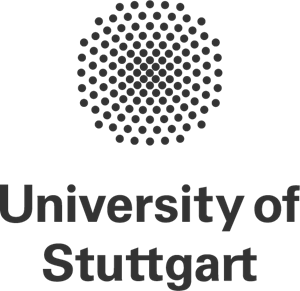
Dr. Michael Heyman
Head of Department Institute of Biomaterials and Biomolecular Systems
“With NanoOne we were able to improve our nozzle designs while shaving a lot of time off the fabrication process.”
“I first met the UpNano team in June 2019 during the Laser Photonics conference in Munich, where I was intrigued by their ambitious plans for the NanoOne platform. I immediately presented them with some challenging problems that my lab had been facing, which quickly led to a close and productive cooperation. My lab specializes in ultracompact 3D microfluidic systems, and we had previously used other 2PP systems for prototyping. A significant aspect of our design work involves balancing resolution and print speed to achieve desired performance and rapid fabrication rates. With the NanoOne, we were able to further improve our nozzle designs while significantly reducing fabrication time. This expanded the scope projects we could pursue in the future, and we are currently collaborating on several exciting manuscripts with the UpNano team. Throughout the process UpNano was extremely responsive and resourceful, addressing our science and engineering challenges with high attention to detail and quick turnaround times.”
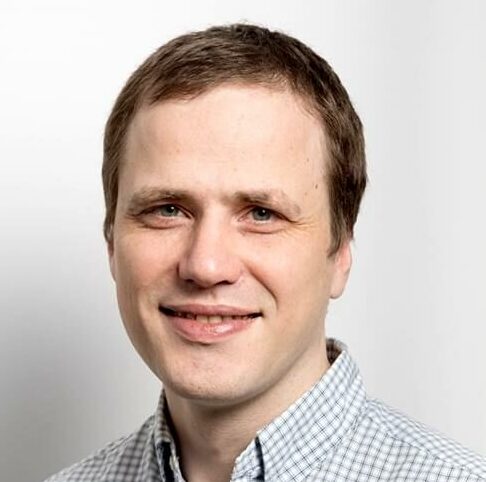
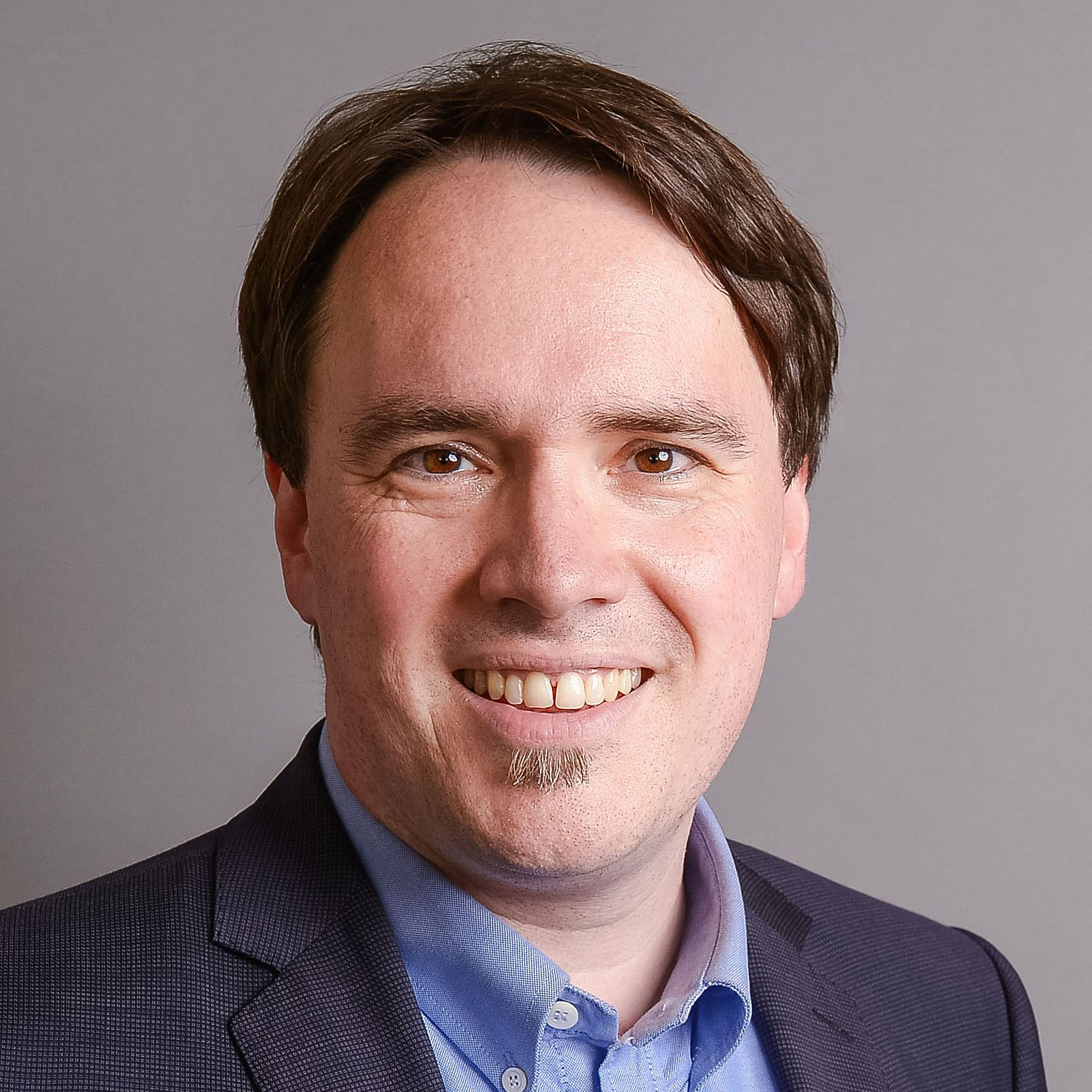
Neptun Lab
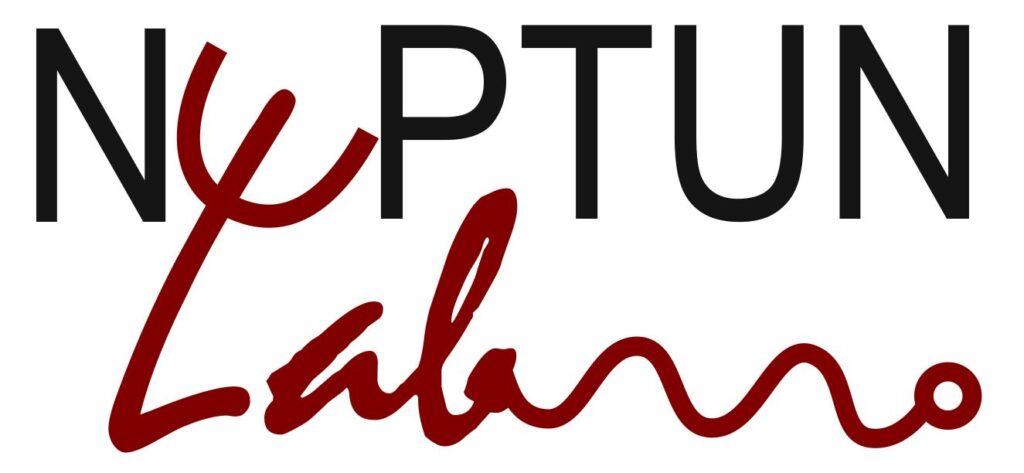
Prof. Dr. Ing. Bastian E. Rapp
Chair, Laboratory of Process Technology
“At Neptun Lab in Freiburg, the NanoOne stands as a pivotal instrument in our quest for innovation in material development, particularly for additive manufacturing.”
“Our research, enriched by the integration of guest particles such as silica, ceramics, and metal precursors, has culminated in significant scholarly publications and a wealth of industrial expertise. This knowledge has been successfully transitioned into the marketplace through Glassomer GmbH, our entrepreneurial venture.
The formidable laser power of the NanoOne is essential for the precise manipulation of material suspensions. Its modular design and exceptional versatility are the bedrock upon which our laboratory’s work is built. The NanoOne’s system is celebrated by our dedicated students and researchers for its extraordinary speed and the superior quality of prints it consistently delivers.”
University of Nottingham

Dr. Robert Owen
Nottingham Research Fellow Fellowship, Faculty of Science
“The versatility of the NanoOne has made it the core of our new Additive Biofabrication laboratory.”
“Within the laboratory at the University of Nottingham, our team focuses on 3D printing for biological applications using the most advanced bioprinting equipment. The NanoOne’s ability to rapidly fabricate complex geometries across length scales in a range of print modes, including with live cells, has expanded our ability to explore how the physical environment directs biology. It has become integral to many projects, spanning in vitro tissue models of stem cell niches to fabricating anti-microbial surfaces, and we are excited to continue to work with UpNano to see how future materials and modules can further enhance our research.”
